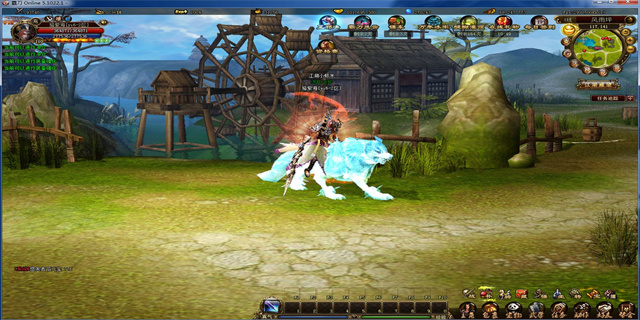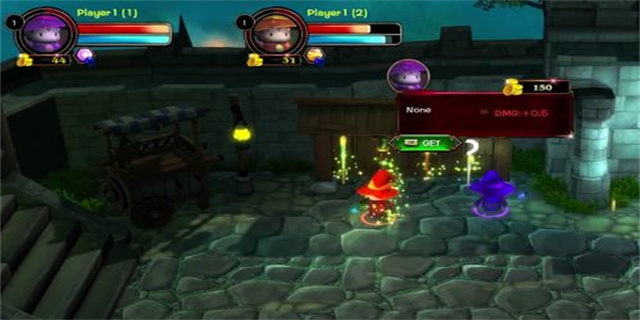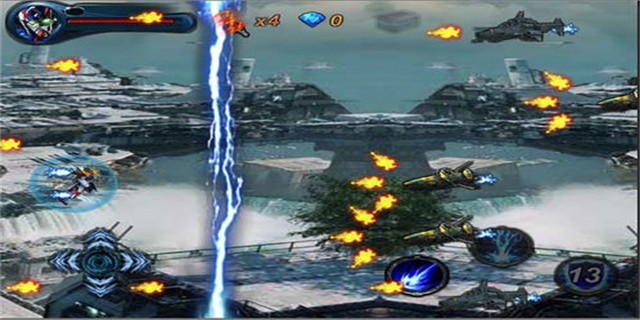dreidel(The History and Symbolism Behind Dreidels)
The History and Symbolism Behind Dreidels
Introduction:
Dreidel, an iconic Jewish toy, holds a significant place in the hearts of people celebrating Hanukkah. This spinning top has a rich history dating back centuries, and it is steeped in symbolism. In this article, we will explore the origins of dreidels, their cultural importance, and the meaning behind the Hebrew letters adorning their sides.
The Origin of Dreidels:

The dreidel's origin can be traced back to ancient times, with some evidence suggesting that it may have originated from a Roman gambling game. However, it truly gained prominence and became associated with Hanukkah during the time of the Hasmonean dynasty, around the 2nd century BCE. It was during this era that the Jewish people fought for religious freedom against the Greek Seleucid Empire.
The Symbolism of the Four Hebrew Letters:

One of the most iconic features of a dreidel is the four Hebrew letters on its sides: Nun, Gimel, Hey, and Shin. These letters carry deep spiritual and historical significance, effectively transforming the dreidel into a symbol of Jewish resistance, perseverance, and faith.

Firstly, the letter Nun represents the word \"Nes,\" or miracle, referring to the miracle of the oil in the Hanukkah story. This letter reminds Jewish people that miracles can occur, even in the darkest of times.
Next, the letter Gimel stands for the word \"Gadol,\" meaning great. When the dreidel lands on Gimel, it signifies that the player takes all the coins or treats in the pot. This letter encourages the celebration of victory and reminds people to have gratitude for the abundance in their lives.
Following Gimel, the letter Hey represents the word \"Haya,\" or happened. When the dreidel lands on Hey, the player takes half of the pot's contents. This letter serves as a reminder of the past, connecting Jewish people to their history and the events that unfolded during the time of the Maccabees.
Lastly, the letter Shin stands for the word \"Sham,\" which means there. When the dreidel lands on Shin, the player adds one coin or treat to the pot. Historically, the letter Shin was used to represent the Hebrew word \"Shekel,\" a currency used during the time of the Second Temple. This letter symbolizes the link to Zion, the Jewish homeland.
The Cultural Significance of Dreidels:
Beyond its religious significance, dreidels hold a special place in Jewish culture and have become widely embraced during Hanukkah celebrations. The spinning top game is enjoyed by people of all ages, and it serves as a way to bring families and communities together during the holiday season.
Furthermore, the act of spinning a dreidel is not solely recreational—it also embodies the concept of the Hanukkah miracle. Just as the oil in the menorah lasted for eight nights instead of one, the dreidel's spinning symbolizes the triumph of light over darkness and the endurance of the Jewish spirit.
Conclusion:
The dreidel, with its ancient origins and profound symbolism, continues to captivate and inspire people throughout the Hanukkah season. As a symbol of Jewish resistance, the four Hebrew letters etched onto its sides remind us of the miracles, victories, history, and eternal connection to Zion. This cherished toy unifies families, fosters cultural traditions, and serves as a tangible reminder of the resilience and faith of the Jewish people.


暂无评论,841人围观